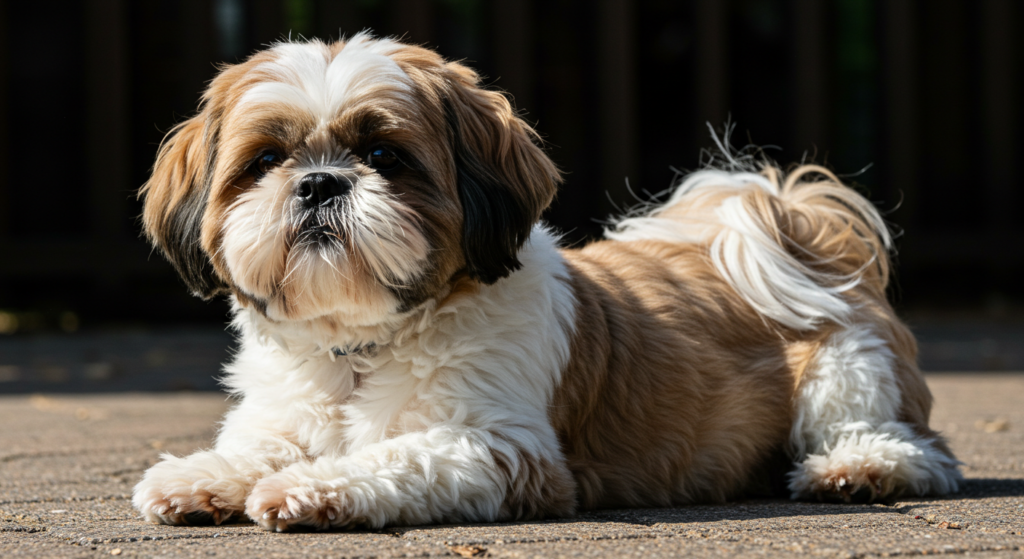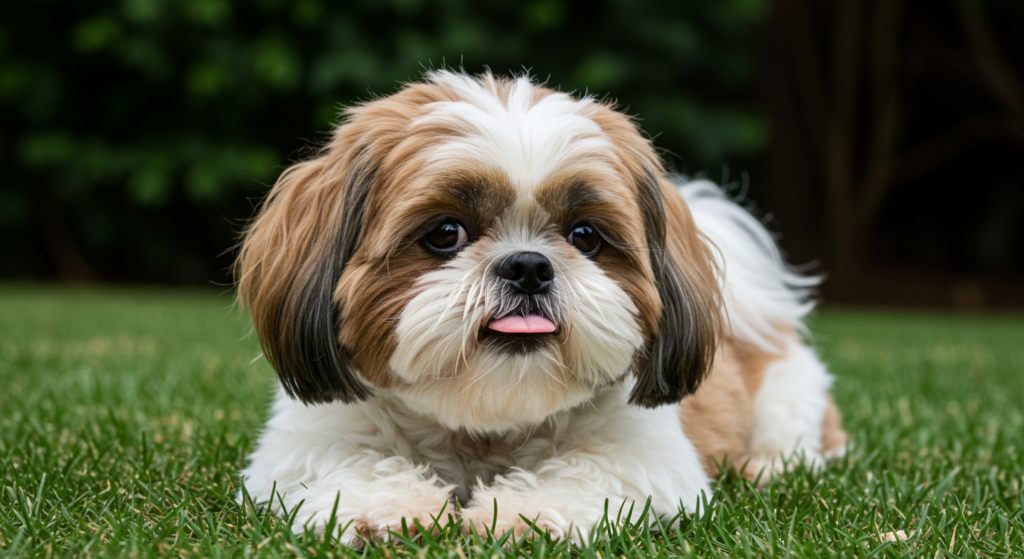Table of Contents
- Introduction
- Origin & History
- Physical Characteristics
- Temperament & Personality
- Care & Grooming
- Health & Lifespan
- Popularity & Modern Role
- Conclusion
- FAQs
Introduction
The Shih Tzu, a small yet regal dog breed, has captivated hearts for centuries with its lion-like appearance and affectionate nature. Originating in Tibet and refined in China, this breed was once a treasured companion of emperors and monks. Today, it ranks among the top 20 most popular breeds in the U.S. and enjoys widespread admiration worldwide.
This guide explores the Shih Tzu’s history, traits, care needs, and enduring appeal, offering insights for prospective owners and dog enthusiasts.

Origin & History
The Shih Tzu’s roots trace back to ancient Tibet (around 0–1,000 A.D.), where monks bred them from Lhasa Apso dogs. Revered for their resemblance to lions—a sacred Buddhist symbol—they were believed to bring protection and good fortune.
Chinese royalty received these dogs as diplomatic gifts, and over time, the breed was refined into the perfect lapdog for emperors. Despite their royal status, Shih Tzus remained largely unknown outside Asia until the early 1900s. Their global popularity surged in the 20th century, securing their place as a beloved companion worldwide.
Physical Characteristics
| Feature | Details |
|---|---|
| Height | 9–10.5 inches |
| Weight | 9–16 pounds |
| Coat | Long, flowing, double-layered |
| Colors | Gold, black, white, brindle, or multi-colored |
| Lifespan | 10–18 years |
The Shih Tzu is a small, sturdy dog with a distinctive pushed-in face (brachycephalic) and large, expressive eyes. Their luxurious coat requires regular grooming to prevent matting.
Temperament & Personality
- Affectionate – Thrives on human companionship.
- Playful – Enjoys interactive games but isn’t overly hyper.
- Adaptable – Suitable for apartments and houses.
- Gentle – Great with children and other pets.
Though they carry a royal legacy, Shih Tzus are friendly, outgoing, and eager to please, making them excellent family pets.
Care & Grooming
Diet & Exercise
- Moderate exercise needs – Short walks and indoor play suffice.
- High-quality dog food – Avoid overfeeding to prevent obesity.
Grooming Requirements
- Daily brushing to prevent tangles.
- Regular baths & trims for coat maintenance.
- Eye cleaning to avoid tear stains.
Health & Lifespan
Shih Tzus are generally healthy but prone to certain conditions:
- Brachycephalic syndrome (breathing difficulties)
- Hip dysplasia
- Eye problems (progressive retinal atrophy, cataracts)
Regular vet check-ups and a balanced diet help maximize their 10–18 year lifespan.
Popularity & Modern Role
Ranked among the top 20 breeds in the U.S., the Shih Tzu remains a favorite due to its adaptability and loving nature. It’s especially popular in:
- Asia (China, Japan)
- Brazil
- Europe
Whether as a lapdog, therapy animal, or show dog, the Shih Tzu continues to charm owners globally.
Conclusion
The Shih Tzu is more than just a pretty face—it’s a loyal, affectionate companion with a rich history. From Tibetan monasteries to Chinese palaces, this breed has evolved into a beloved family pet. With proper care, a Shih Tzu can bring joy and companionship for over a decade.

FAQs
1. Are Shih Tzus good for first-time owners?
Yes! Their friendly and low-energy nature makes them ideal for beginners.
2. Do Shih Tzus shed a lot?
They have minimal shedding but require frequent grooming.
3. Can Shih Tzus live in hot climates?
Due to their short snouts, they should avoid extreme heat.
4. Are Shih Tzus easy to train?
They can be stubborn but respond well to positive reinforcement.
5. How often should I groom my Shih Tzu?
Daily brushing and monthly trims are recommended.
